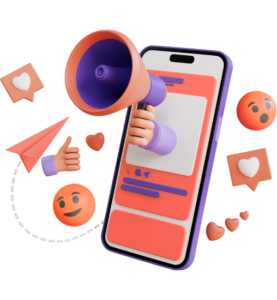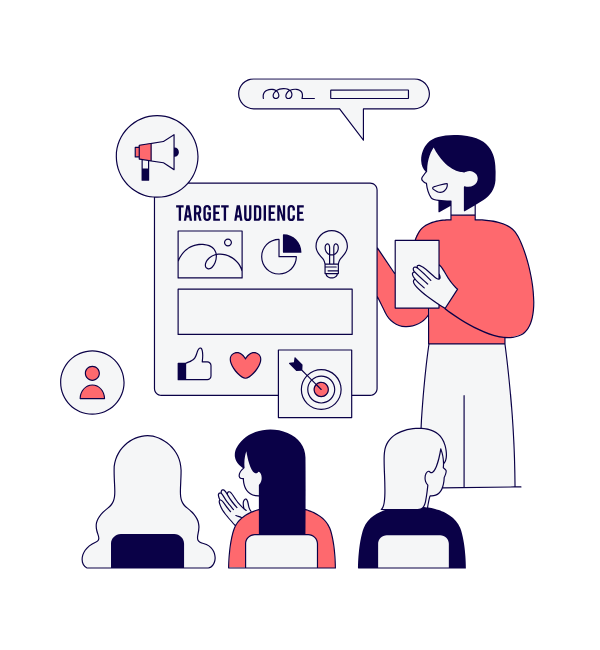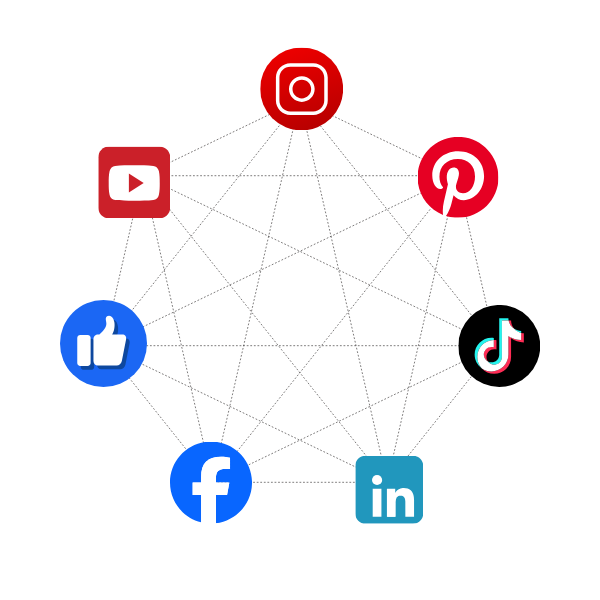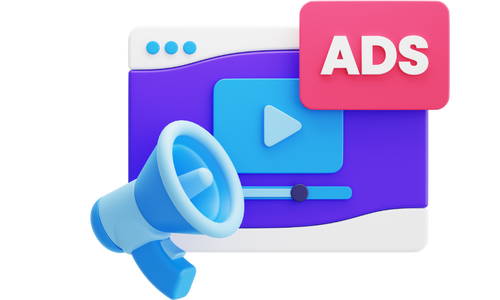Step-by-Step Guide to Social Media Marketing for Brands
Introduction: Why Social Media Marketing Matters
Social media is no longer just about posting pretty pictures or trending hashtags — it’s the backbone of modern brand growth. Over 4.9 billion people use social media worldwide in 2025, and brands that know how to strategically engage their audience are the ones winning the digital game.
Whether you’re a small business owner, a startup founder, or a growing brand, this guide will help you build a repeatable, scalable social media strategy that drives awareness, engagement, and sales.

💡Pro Tip: If you want an expert team to create and manage your social media strategy, Creatofly can help.

Step 1: Define Your Goals
Your social media strategy starts with clear goals. Without them, you’ll end up posting randomly and hoping for results.
Use SMART goals (Specific, Measurable, Achievable, Relevant, Time-bound):
❌ Bad Goal: Get more followers.
✅ Good Goal: Grow Instagram followers by 25% in 3 months and increase website clicks by 15%.
Examples of Social Media Goals:
Build brand awareness
Generate qualified leads
Increase website traffic
Grow community engagement
Boost online sales
Step 2: Identify Your Target Audience
Before you create content, understand who you are speaking to.
Create a Buyer Persona:
Demographics: Age, gender, location
Interests: What they care about, problems they face
Preferred Platforms: Are they on LinkedIn, Instagram, TikTok?
Buying Behavior: Impulse buyers or research-heavy decision-makers?
Tools you can use:
Facebook Audience Insights
Google Analytics
LinkedIn analytics


Step 3: Choose the Right Platforms
Not every platform is right for every brand. Here’s a quick cheat sheet:
| Platform | Best For | Example Use |
|---|---|---|
| Visual storytelling | Reels, carousels, behind-the-scenes content | |
| B2B, professional growth | Thought leadership posts, case studies | |
| Communities, local reach | Groups, event promotion | |
| YouTube | Educational content | Tutorials, explainer videos |
| TikTok | Gen Z, trend-based marketing | Short viral videos, challenges |
| Inspiration, shopping | Idea boards, product pins |
💡 Focus where your audience spends the most time, not on every platform.
Step 4: Craft Your Content Strategy
Great content is what separates brands that grow from those that fade.
Types of Content to Post:
Educational: Tips, how-to guides, industry insights
Engaging: Polls, memes, challenges
Entertaining: Stories, behind-the-scenes, trending audio
Promotional: Product launches, offers, client success stories
User-Generated Content: Customer reviews, photos, testimonials
Content Mix Formula:
70% Value (teach, entertain, inspire)
20% Engagement (polls, Q&A)
10% Promotion (offers, sales posts)


Step 5: Create a Content Calendar
A content calendar keeps your posting consistent and strategic.
Simple Content Calendar Example:
| Day | Platform | Type |
|---|---|---|
| Monday | Carousel: Tips | |
| Tuesday | Industry insight | |
| Wednesday | Poll/Engagement | |
| Thursday | Reel | |
| Friday | All | Client testimonial or case study |
Tools to use:
Trello / Notion: Free planning
Buffer / Later / Metricool: Scheduling & analytics
Step 6: Leverage Paid Ads
Organic reach is declining — that’s where ads come in.
Tips for Paid Ads:
Start with a small daily budget
Test multiple creatives (A/B testing)
Retarget visitors who engaged with your page or visited your website
Track ROI carefully


Step 7: Track Performance & Optimize
If you’re not measuring results, you can’t improve.
Metrics to Watch:
Reach & impressions
Engagement rate (likes, comments, shares)
Website clicks
Cost per lead / cost per conversion
Use tools like:
Meta Business Suite
LinkedIn Campaign Manager
Google Analytics
Step 8: Engage With Your Audience
Social media is a two-way street. Don’t just post — interact.
Reply to comments & messages
Ask questions in captions
Run contests & giveaways
Collaborate with influencers or micro-creators


